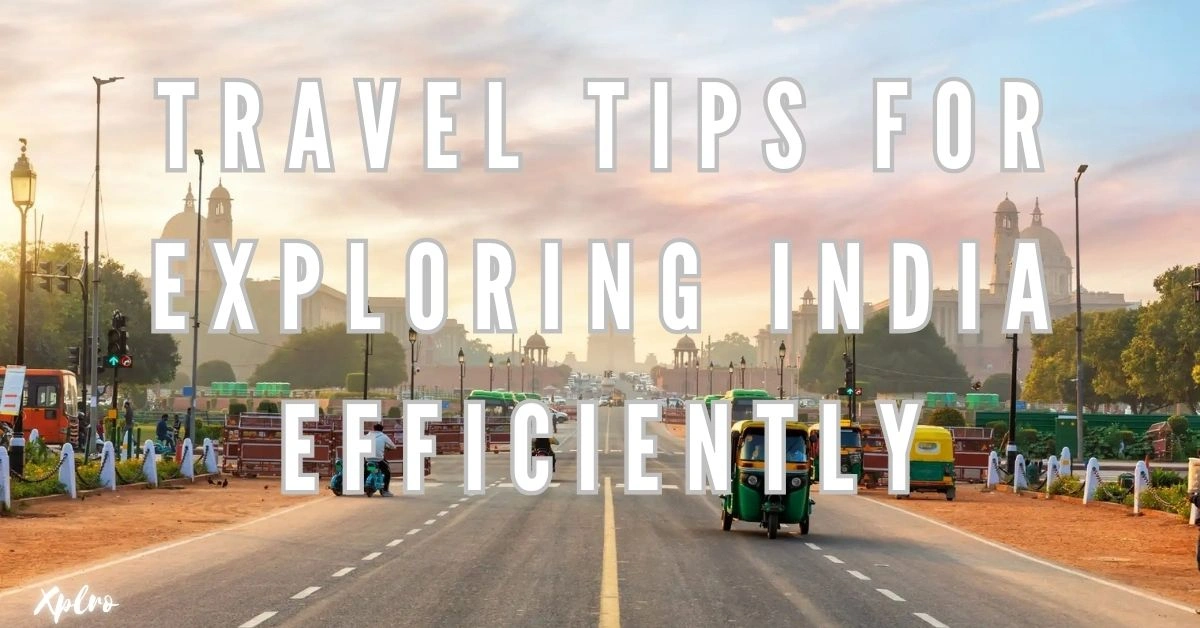Travel Tips for Exploring India; India is a country of incredible diversity, offering a wide range of experiences. From bustling cities to serene temples, and scenic mountains to tropical beaches, there’s something for everyone. To make the most of your trip, it’s important to plan effectively. Here are 10 tips to help you explore India efficiently and have a memorable experience.
- 1. Plan Your Itinerary Based on Regions
- 2. Choose the Best Time to Travel
- 3. Prioritize Key Destinations
- 4. Use India’s Efficient Transport Network
- 5. Pack for Diverse Climates and Cultures
- 6. Stay in Local Accommodations for an Authentic Experience
- 7. Embrace Indian Cuisine Safely
- 8. Stay Connected with SIM Cards and Apps
- 9. Learn Basic Local Phrases
- 10. Respect Local Customs and Etiquette
- FAQs
1. Plan Your Itinerary Based on Regions
India is a vast country, so it’s impossible to see everything in one trip. To make the most of your time, it’s best to focus on one or two regions.
Here are some popular regions to consider:
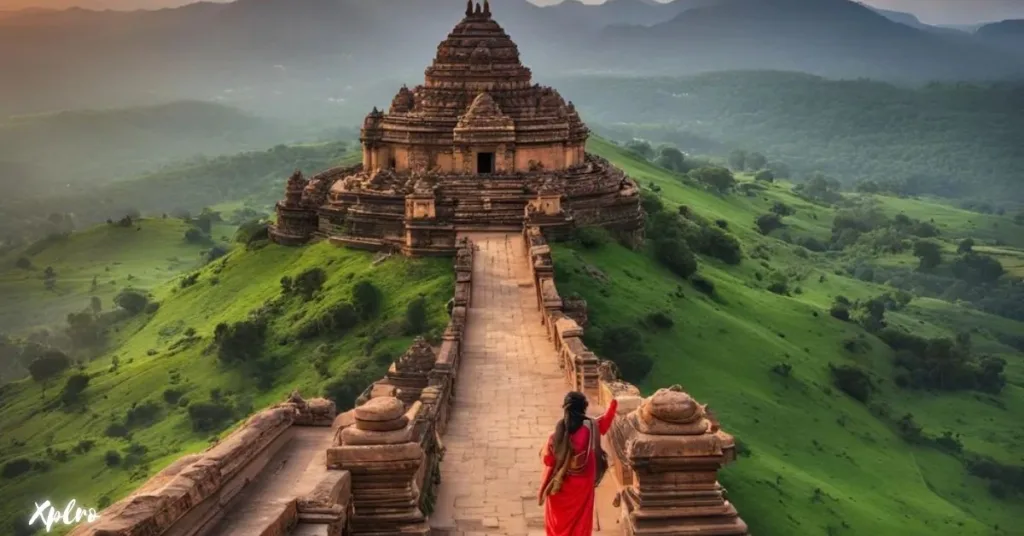
- North India: Explore the Himalayas, historical landmarks, and cultural experiences.
- South India: Discover backwaters, temples, and beaches.
- East India: Visit tea plantations, monasteries, and the vibrant city of Kolkata.
- West India: Explore deserts, the financial hub of Mumbai, and the Rann of Kutch.
By focusing on a region, you can spend more time exploring each area and truly immerse yourself in its unique culture.
2. Choose the Best Time to Travel
India’s climate varies significantly across regions, so it’s important to choose the right time to visit.
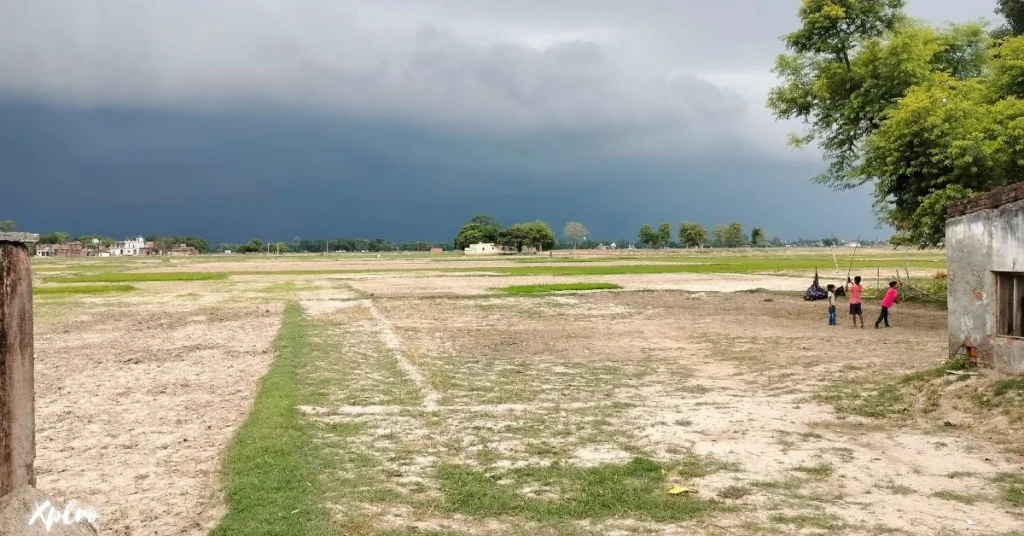
- Winter (November to February): Enjoy pleasant weather in most parts of India, perfect for exploring deserts, beaches, and mountains.
- Monsoon (June to September): Experience the lush greenery of Kerala and the Western Ghats, but avoid mountainous regions due to landslides.
- Summer (March to May): Escape the heat in hill stations like Shimla, Manali, and Ooty.
By planning your trip around the best season for each region, you can ensure a comfortable and enjoyable experience.
3. Prioritize Key Destinations
It’s easy to get overwhelmed by all the amazing things to see in India. However, it’s important to remember that quality is more important than quantity. Instead of trying to see everything, focus on a few must-see destinations in each region.
For example:
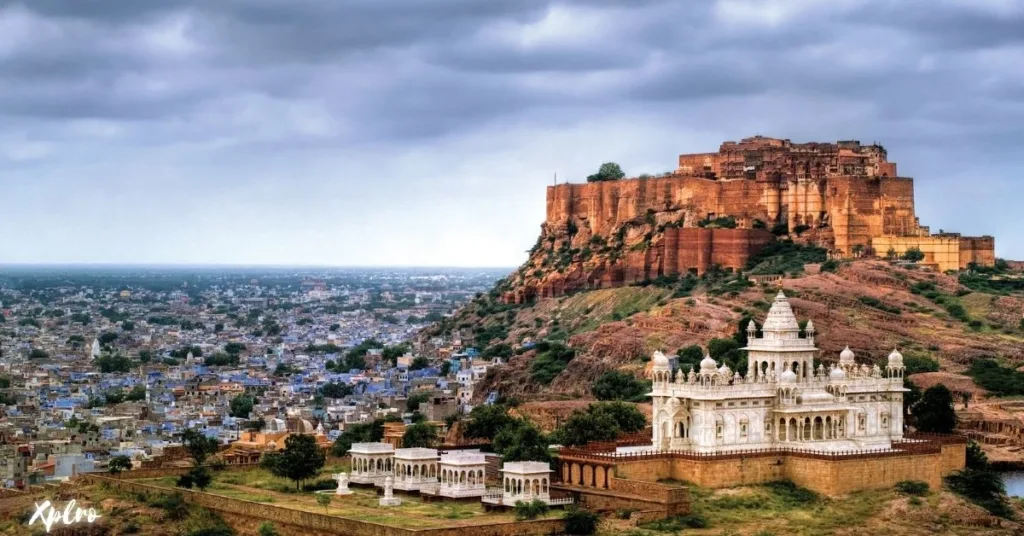
- North India: Prioritize Delhi, Agra, Jaipur, and Varanasi.
- South India: Explore Kerala’s backwaters, Mysore, and the temples of Tamil Nadu.
By focusing on a few key destinations, you can spend more time exploring each place and truly appreciate its unique charm.
4. Use India’s Efficient Transport Network
India has a well-developed transportation system, making it easy to travel between cities and regions.
For long distances:
- Domestic Flights: Flying is the fastest and most convenient way to travel between major cities like Delhi, Mumbai, Chennai, and Kolkata. Book your flights in advance for the best deals.
- Trains: India’s vast railway network offers a scenic and comfortable way to travel. Consider taking overnight trains to save time and money on accommodation.
For local transportation:
- Metro: Use the metro in Delhi for a convenient and efficient way to get around the city.
- Auto-rickshaws: These colorful vehicles are a popular and affordable way to get around in many cities.
- Ride-hailing services: Use Ola or Uber for a comfortable and convenient ride-hailing experience.
5. Pack for Diverse Climates and Cultures
India’s diverse climate and culture means you’ll need to pack thoughtfully. Here are some essentials:
- Light Cotton Clothes: These are suitable for most places, especially during the hotter months.
- Warm Layers: Pack warm clothes for hilly or northern regions like Ladakh or Himachal Pradesh.
- Cultural Sensitivity: Dress modestly when visiting temples or rural areas. For women, a scarf or shawl is useful for covering your head in religious places.
By packing efficiently, you’ll be prepared for any weather or cultural situation you may encounter.
6. Stay in Local Accommodations for an Authentic Experience
To make your trip truly unforgettable, consider staying in local accommodations:
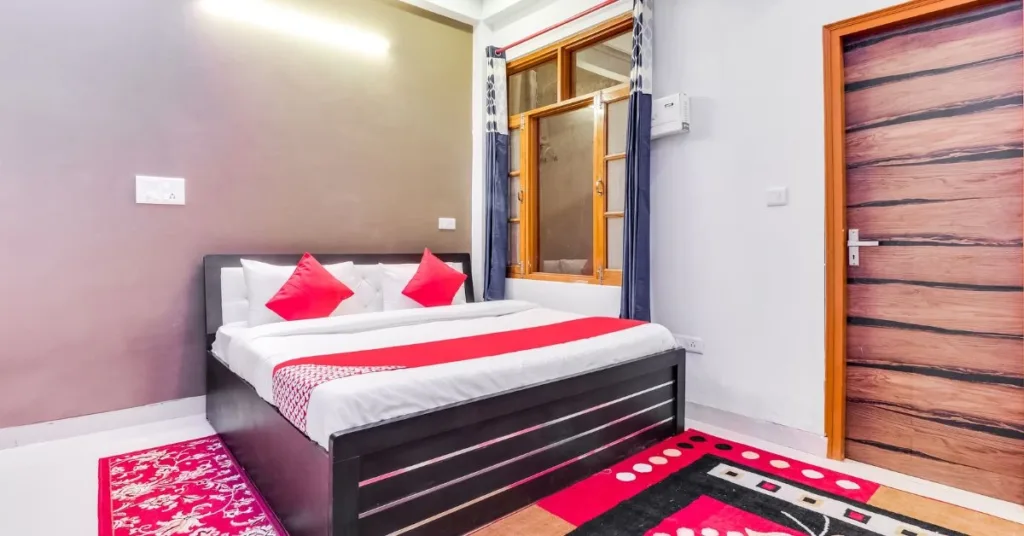
- Homestays: Living with a local family is a great way to experience Indian culture firsthand.
- Boutique Hotels: Enjoy comfort and unique regional architecture, such as haveli stays in Rajasthan or houseboats in Kerala.
- Hostels and Guesthouses: These are affordable options that offer a comfortable stay without breaking the bank.
By staying in local accommodations, you’ll not only save money but also gain a deeper understanding of Indian culture.
7. Embrace Indian Cuisine Safely
India’s cuisine is as diverse as its culture, but to enjoy it safely, follow these tips:
- Eat at Popular and Hygienic Places: Opt for restaurants or street food vendors that are busy with locals.
- Stick to Cooked Foods: Avoid raw salads and fruits from the street to prevent stomach issues. Drink only bottled or purified water.
- Try Regional Specialties: Embrace local cuisine, but eat in moderation if you’re not used to the spices.
By following these tips, you can enjoy India’s delicious cuisine without worrying about health issues.
8. Stay Connected with SIM Cards and Apps
Having reliable internet access can make your trip much more efficient.
- Purchase a Local SIM Card: Buy a local SIM card upon arrival for affordable internet access and navigation.
- Use Travel Apps: Download useful travel apps like:
- Google Maps: Navigate cities and rural areas with ease.
- MakeMyTrip or ClearTrip: Book flights, trains, and accommodations conveniently.
- Zomato: Find the best restaurants and read reviews.
These apps will help you explore India’s vast regions with ease and minimize stress.
9. Learn Basic Local Phrases
While English is widely spoken in tourist areas, learning a few local phrases can enhance your interactions with locals and show respect for their culture.
- Basic Greetings: Learn simple greetings like “Namaste” (Hello) and “Shukriya” (Thank you).
- Regional Languages: Consider learning a few phrases in the regional language of the area you’re visiting.
By making an effort to learn local phrases, you’ll be able to connect with locals on a deeper level and have more meaningful experiences.
10. Respect Local Customs and Etiquette
India has a rich cultural heritage, and respecting its customs will make your travel experience more enjoyable and meaningful.
- Remove Shoes: Always remove your shoes when entering temples or someone’s home.
- Use the Right Hand: When giving or receiving something, use your right hand.
- Ask for Permission: Always ask for permission before photographing people, especially in rural or religious areas.
By understanding and adhering to local customs, you’ll show respect for the culture and ensure smooth interactions throughout your journey.
Conclusion- Travel Tips for Exploring India
Exploring India is a transformative experience, but efficient planning is crucial for a seamless journey. Strategically select regions based on your interests and the best time to visit. Pack thoughtfully for India’s diverse climate and cultural nuances. Utilize India’s extensive transport network, from flights and trains to local transportation options. Respect local customs and traditions to foster meaningful interactions with locals. By following these top 10 travel tips, you’ll embark on an organized, enriching, and unforgettable adventure through one of the world’s most fascinating countries. Visit Xplro.com for more detailed travel guides and inspiration for your Indian adventure.
FAQs
1. When is the ideal time to visit India?
- The best time to visit India depends on the region. For most areas, the cooler months from November to February offer comfortable weather. Hill stations are ideal during the summer months from March to May, while the monsoon season from June to September is great for visiting regions like Kerala.
2. What’s the most efficient way to travel between cities in India?
- For long distances, domestic flights are the fastest and most convenient option. The Indian railway network is extensive and a popular choice for overnight journeys. For shorter distances, you can use buses, taxis, or ride-hailing apps like Ola and Uber.
3. Is solo travel in India safe?
- Solo travel in India is generally safe, but it’s important to take precautions. Avoid isolated areas, especially at night, and stick to well-known, crowded spots. Women travelers should be particularly cautious, and informing someone about your itinerary is always a good practice.
4. What should I pack for a trip to India?
- Packing depends on the region and time of year you’re visiting. Lightweight, breathable clothing is perfect for most places, while warmer clothing is necessary for northern and hilly regions. Essentials include comfortable shoes, sunscreen, a scarf for temple visits, and modest clothing to respect cultural norms.
5. How can I avoid getting sick from food in India?
- To avoid food-related illnesses, eat at clean and busy restaurants, choose freshly cooked meals, and drink only bottled or filtered water. It’s wise to avoid raw foods like salads or cut fruits unless they’re from reputable places. Street food can be enjoyable, but choose vendors that have a good reputation.
6. Do I need a visa to travel to India?
- Yes, a visa is required for most visitors. India offers an e-visa service for citizens of many countries, which can be applied for online. Check the visa requirements for your nationality well in advance of your trip.
7. How do I get a SIM card in India?
- You can easily purchase a local SIM card after arriving at the airport or from any telecom provider shop in cities. Popular providers like Airtel and Jio offer good coverage. You’ll need your passport, a photo, and a visa for verification.
8. What’s the easiest way to get around cities in India?
- Most cities in India have convenient public transport options. The metro systems in cities like Delhi and Mumbai are excellent. In other places, auto-rickshaws, buses, and ride-hailing services like Ola and Uber make getting around simple. Prepaid taxis are also a good option for newcomers.
9. How should I handle cultural differences in India?
- Respecting local customs is essential. Dress modestly, particularly when visiting temples or rural areas. Always remove shoes before entering someone’s home or a place of worship. Learning basic phrases in Hindi or the local language shows respect and can help you connect with people.
10. What’s the best way to manage money in India?
- Credit and debit cards are widely accepted in cities, but cash is still needed for smaller shops, local markets, and rural areas. ATMs are available almost everywhere, but it’s advisable to carry some cash, especially when traveling to remote areas. Use secure ATMs and avoid carrying large sums of money.
11. How can I ensure my safety while traveling in India?
- Always be aware of your surroundings and avoid venturing into unfamiliar areas alone, especially after dark. Use reliable transport options and keep your valuables secure. Staying in touch with family and friends during your travels is crucial. Make sure to have emergency contacts on hand, including the contact information of your accommodation.
12. Is travel insurance necessary for a trip to India?
- Yes, it’s highly recommended to have travel insurance when visiting India. This will cover unexpected events like medical emergencies, lost luggage, and trip cancellations. Given the wide variety of experiences and activities in India, having insurance ensures peace of mind throughout your trip.


